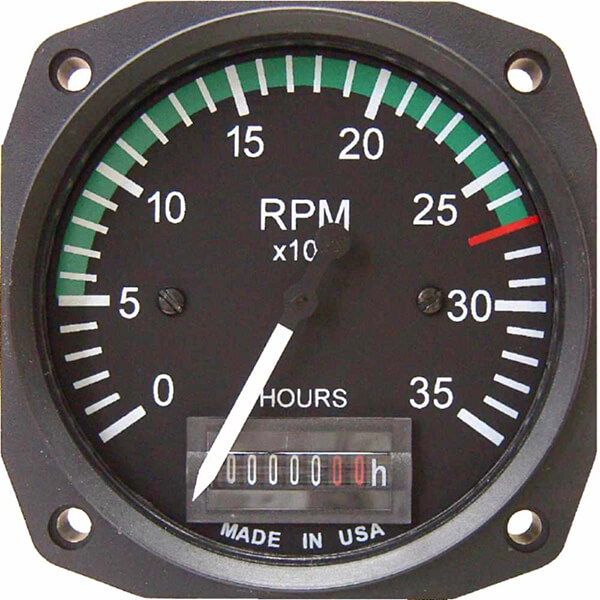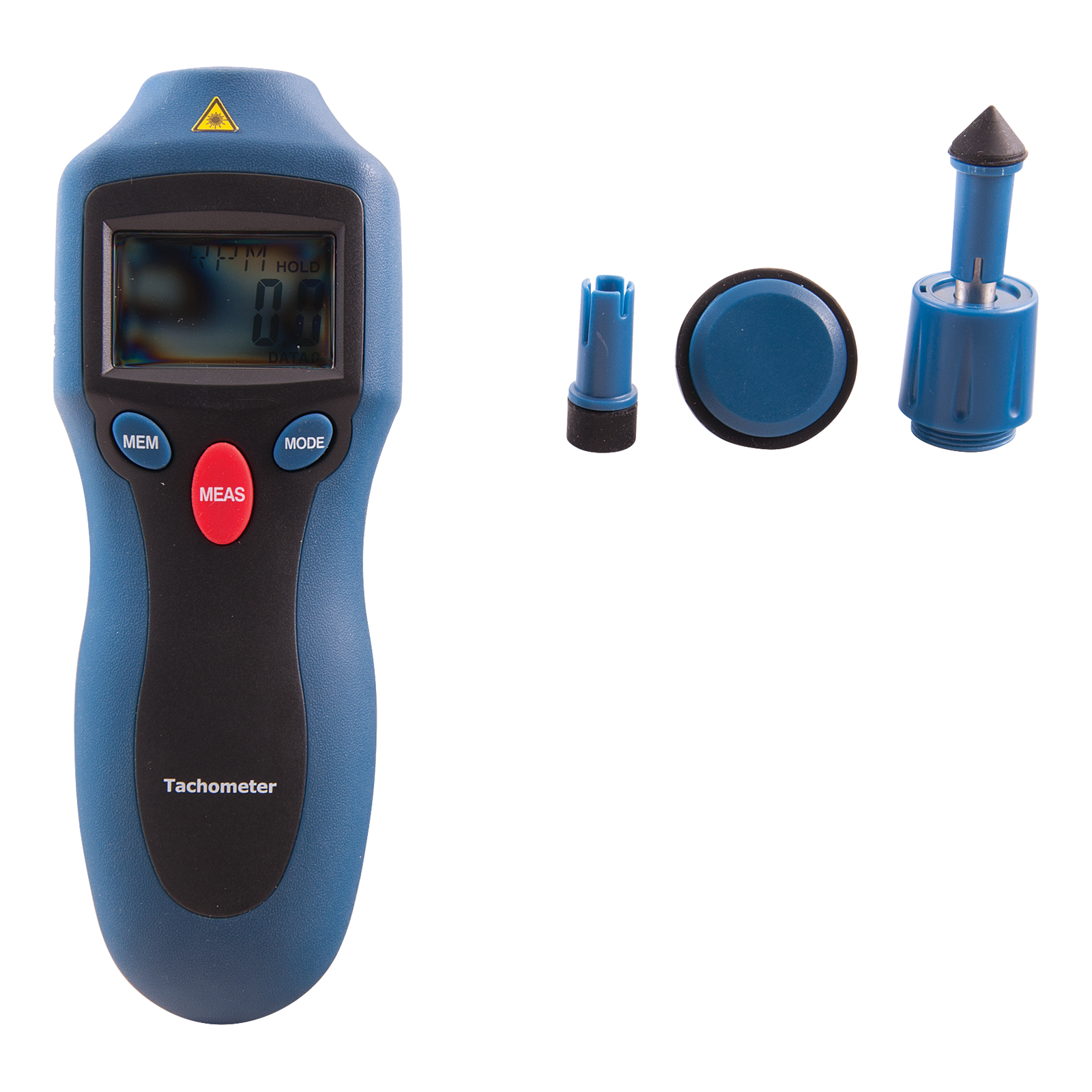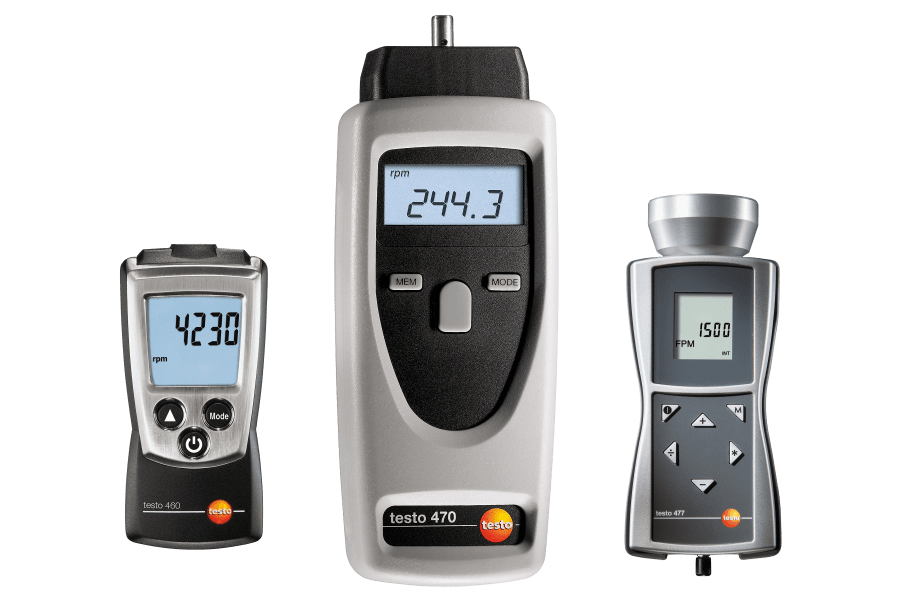Top Reasons Why Every Vehicle Driver Requirements a High-Quality Tachometer
Top Reasons Why Every Vehicle Driver Requirements a High-Quality Tachometer
Blog Article
The Significance of a Tachometer in Monitoring Engine Speed and Performance in Automotive Applications
In the realm of automobile engineering, the tachometer stands as a pivotal instrument in the motorist's arsenal, giving a straight window right into the inner workings of a vehicle's engine. Beyond its feature as a simple scale of transformations per min (RPM), the tachometer acts as an important tool for fanatics and specialists alike, using real-time insights right into engine efficiency and wellness. Understanding the significance of this device surpasses surface-level monitorings, diving right into the intricate partnership in between engine speed, power outcome, and total driving experience. As we discover the diverse duty of the tachometer in auto applications, a deeper admiration for its influence on lorry dynamics and performance starts to emerge.
Relevance of Keeping Track Of Engine RPM
Monitoring engine RPM, or revolutions per min, is an important facet of automotive maintenance and efficiency analysis. Engine RPM straight associates with the rate at which the engine's crankshaft turns, indicating exactly how quickly the engine is running.
Additionally, monitoring engine RPM is crucial for efficiency assessment in racing and high-performance automobiles. Preserving ideal RPM levels is crucial for accomplishing peak power outcome and velocity. Racers commonly use tachometers to ensure they are running within the perfect RPM range for optimum performance. In summary, keeping an eye on engine RPM is not only crucial for spotting issues but also for enhancing engine efficiency in numerous automobile applications.

Benefits of Real-Time Information
In vehicle applications, real-time information plays a vital duty in offering instant insights into the performance and condition of the lorry. By continuously keeping an eye on various criteria such as engine rate, temperature level, gas usage, and extra, real-time information uses various benefits that add to boosted efficiency and safety and security on the road.
One significant benefit of real-time information is its ability to alert chauffeurs and technicians to any anomalies or issues quickly. This positive strategy enables fast identification of possible issues, enabling prompt interventions to prevent more damages or failures. In addition, real-time data promotes efficiency optimization by providing instant comments on driving practices and engine efficiency. Chauffeurs can readjust their habits in real-time based upon this details to accomplish better gas economic situation and extend the life-span of their car.

In addition, real-time information plays an essential role in modern-day automotive diagnostics, enabling professionals to swiftly identify and deal with malfunctions. This causes minimized downtime, lower upkeep expenses, and ultimately, boosted general lorry integrity and durability (tachometer). By taking advantage of the power of real-time information, automotive stakeholders can make informed choices that favorably influence both the performance and durability of the automobile
Influence On Equipment Shifts
Reliable gear changes in auto applications dramatically affect general performance and driving experience. The tachometer plays an essential duty in enhancing gear shifts by supplying real-time engine speed information to the motorist. When approaching the redline on the tachometer, it indicates the chauffeur to upshift to avoid over-revving the engine and causing prospective damage. On the other hand, downshifting at the ideal moment can aid preserve the engine in its power band, guaranteeing responsive velocity when needed.
Additionally, the tachometer aids in attaining smoother equipment changes, especially in hands-on transmissions. By checking engine speed, vehicle drivers can useful site execute equipment changes at the ideal RPM range, minimizing jerking motions and minimizing endure the transmission components. This accuracy on duty changes not just improves driving comfort yet also adds to sustain effectiveness.
Enhancing Fuel Effectiveness
Given the critical function the tachometer plays in maximizing equipment changes for performance and engine wellness, it straight contributes to making best use of gas effectiveness in automobile applications. By giving real-time comments on engine speed, the tachometer assists motorists in preserving the most efficient RPM array for gas economic climate. When motorists constantly keep an eye on the tachometer and adjust their motoring routines accordingly, they can stay clear of unnecessary gas usage triggered by over-revving or carrying the engine.
Moreover, the tachometer helps drivers identify the most fuel-efficient equipment to be in at any type of provided minute, protecting against the engine from working harder than needed. This is particularly vital throughout acceleration and travelling, where remaining in the best equipment can significantly affect gas performance. In addition, the tachometer can signal chauffeurs to prospective mechanical concerns that might be adversely impacting fuel economic situation, such as a sliding clutch or a stopped up air filter. In verdict, the tachometer works as a useful tool in boosting fuel effectiveness by advertising optimum driving practices and identifying areas for improvement in the lorry's efficiency.

Making Best Use Of Engine Longevity
The tachometer's role in keeping track of engine speed and performance is instrumental in making certain the durability of auto engines. By utilizing the tachometer effectively, vehicle drivers can optimize engine durability with conscious RPM management. Constantly revving an engine too use this link expensive can bring about too much damage on critical elements, such as the pistons, valves, and bearings. Over time, this can result in reduced engine efficiency and potential breakdowns. Keeping an eye on the tachometer enables motorists to stay within the recommended RPM range for their car, avoiding unneeded pressure on the engine and expanding its life-span.

Conclusion
In conclusion, the tachometer plays an essential duty in monitoring engine speed and efficiency in vehicle applications. By supplying real-time information on RPM, it permits for efficient gear changes, improved gas efficiency, and maximized engine longevity. This device is important for keeping optimum engine efficiency and ensuring the total functionality of a lorry.
Report this page